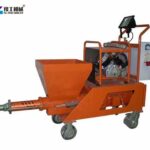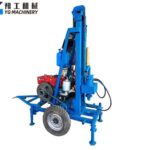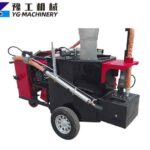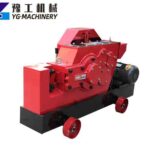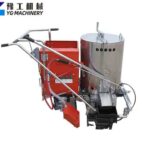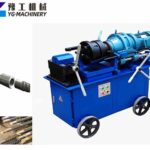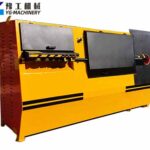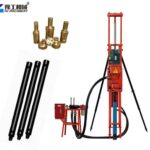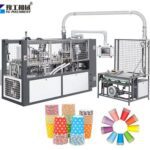GRC spray machines are specialized pieces of equipment designed to efficiently mix and apply a composite material consisting of cement, fine aggregates, glass fibers, and admixtures. This process allows for the creation of durable, lightweight, and versatile products. The GRC spraying process involves combining these components in precise proportions and projecting the mixture onto a mold or surface. This technology has revolutionized the production of various architectural and structural elements.
Components of a GRC Spray Machine
- Mixing Unit: This section meticulously blends the cement, aggregates, and admixtures to achieve a homogenous mix.
- Fiber Chopper: This mechanism precisely cuts continuous glass rovings into desired lengths for reinforcement.
- Spray Gun: This tool facilitates the application of the mixed material onto the target surface, controlling the spray pattern and thickness.
- Material Delivery System: This system ensures a consistent flow of material from the mixing unit to the spray gun.
- Control Panel: This interface allows operators to manage and monitor the machine’s parameters, such as mixing ratios and spray pressure.
Applications of GRC Machines
- Architectural Applications: GRC is widely used in creating facades, cladding panels, decorative elements, and other architectural features due to its lightweight nature and design flexibility.
- Construction Applications: GRC spray machines are employed in manufacturing structural components, such as precast panels, pipes, and bridge elements, offering enhanced durability and strength.
- Marine Applications: The resistance of GRC to corrosion makes it ideal for marine applications, including boat hulls, pontoons, and other watercraft components.
- Automotive Applications: GRC is increasingly used in the automotive industry for producing lightweight and durable parts, such as body panels and interior components.
Maintenance of the Equipment
- Proper maintenance is crucial for ensuring the longevity and optimal performance of GRC spray machines. We recommend the following practices:
- Regular Cleaning: Thorough cleaning of the mixing unit, spray gun, and material delivery system is essential to prevent material buildup and clogging.
- Inspection and Replacement of Wear Parts: Regularly inspect wear parts, such as nozzles, hoses, and mixing paddles, and replace them as needed to maintain optimal performance.
- Lubrication: Proper lubrication of moving parts is crucial to minimize friction and wear, ensuring smooth operation.
- Calibration: Periodically calibrate the machine to ensure accurate mixing ratios and spray parameters, maintaining product quality.

